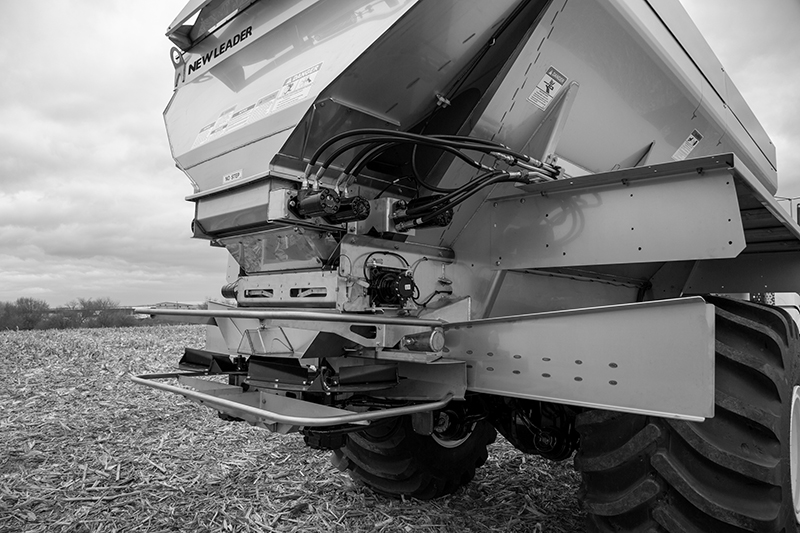Back to the Future in Agriculture
This past September, I celebrated 20 years of covering the ag retail marketplace as a member of the CropLife® magazine staff. Needless to say, I spent a decent portion of my time during the waning months of 2020 looking back at some of the watershed industry events — both good and bad — that I’ve witnessed over these past two decades.
I remember one of the first stories I covered in 2001 was the discovery of StarLink biotech crop genes in taco shells. Since StarLink crops were only approved for non-human consumption, this turned into a very big deal for the then fledgling biotech crop movement. This lead to numerous product recalls, plenty of finger-pointing by biotech crop critics, and the eventual exit of StarLink maker Aventis from the agricultural market. I’m convinced the StarLink incident set back the cause of biotech crops in the U.S. and around the globe by several years; maybe decades.
In 2007, I saw a demonstration of autosteer for sprayers. This feature, in combination with GPS, helped transform the role custom applicators played in crop fields from being “constantly on” while in the cab to “something more manageable” (as many custom applicators said during that first autosteer test drive).
Also in 2007, I remember visiting my first farm where dicamba-resistant soybeans were being grown in a test plot. “These crops will be a great tool for helping to control herbicide-resistant weeds,” I was told at the time. And a decade later, once they hit the market, they did just that, according to proponents. Unfortunately, dicamba-resistant crops also gave rise to numerous legal and regulatory issues, many of which are still being played out four years after their widespread introduction.
So, that’s a brief look back. But what about the future?
Last month, I gave my predictions for agriculture’s key issues for 2021. But looking ahead even further, there are two potential watershed industry trends in the making. The first has to do with the spread of technology.
As I mentioned earlier in this column, autosteer quickly gained market acceptance since its launch in 2007. But for a few years now, equipment makers have been experimenting with completely automated ag machines such as tractors and combines. These autonomous vehicles have been demonstrated at various industry trade shows. Next, some equipment makers are rapidly developing autonomous units for the spreader and sprayer markets. I would expect that these kinds of robots, combined with refinements in artificial intelligence, will becoming fixtures in crop fields by 2025 or 2026.
Speaking of 2025-26, this is also the time I believe the other key trend for agriculture will be revealed. A few years ago, when I was writing about herbicide-resistant weeds, a researcher told me the next round of new mode of action/active ingredients should be hitting the market by this time. Seeing how these progress should be fascinating to watch.
In summary, I’ve thoroughly enjoyed watching all these key developments over the past 20 years. And the next 10 years should be just as interesting . . .






